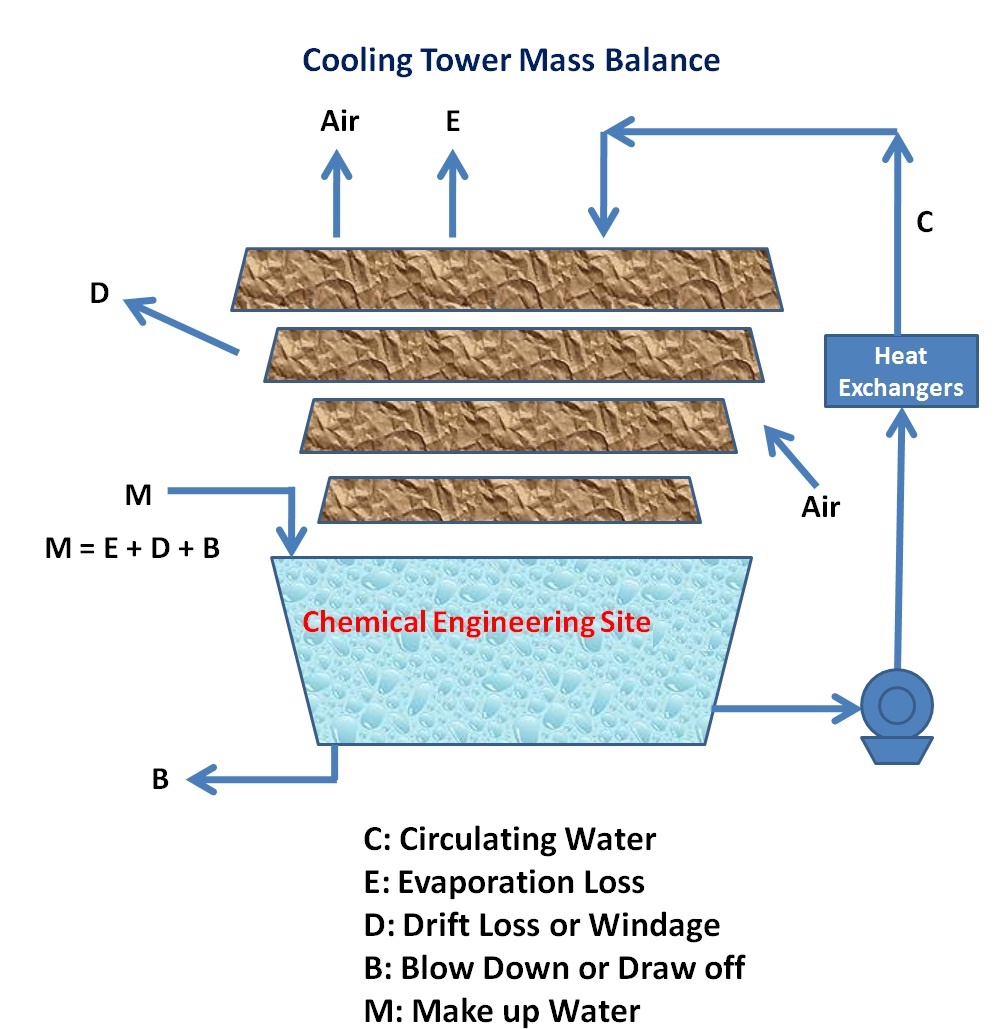

Collect some water from the basin in a separate plastic sampling bottle. You will also need to measure the cooling towers water parameters. Place the bottle into the cooler for storage and transportation. If it is impossible to collect 1 Litre, collect as much as is available.Īdd 0.5 millilitres of a 0.1 normal sodium thiosulfate solution to neutralize residual disinfectants, and tighten the top to prevent leakage, then label the sample with a unique identifier, and record it on the sample data sheet. Collect a 1 Litre bulk water sample from the tower’s basin. Engage an engineer or maintenance technician familiar with the particular device to identify appropriate sampling sites.


Taking Water Samples from Cooling TowersĬooling towers come in different shapes and sizes. You may also want to wear gloves for protection from chemicals used to maintain the cooling tower. Respirators must be used in accordance with a comprehensive respiratory protection program which includes fit testing, training and medical clearance ahead of their use. When fans cannot be turned off, wearing a half-face air-purifying respirator equipped with an N95 filter may be appropriate. When practical, cooling tower fans should be turned off to stop the spread of aerosols that may be contaminated with Legionella. Please be mindful of safety issues when sampling cooling towers, since they can be located in maintenance areas and on rooftops. Said another way, the cooling tower test translates the performance of the tower at test conditions to an equivalent performance at design conditions.Personal Safety & Protection during Sampling Thus, the ratio of predicted water flow rate to the adjusted circulating water flow rate is a constant which means tower capability is a constant despite testing at off design conditions. Because the manufacturer’s performance curves are equivalent representations of the tower performance at various operating and environmental conditions, the predicted water flow rate is the flow rate of a cooling tower with 100% capability. Typically, the primary goal of a cooling tower thermal performance test is to determine the cooling capacity of a cooling tower when operated at its design conditions of water flow, range, fan motor power (mechanical draft), dry bulb temperature (natural draft), and barometric pressure.įor a mechanical draft tower, cooling capability is defined as the ratio of circulating water flow rate (corrected to design fan motor power consumption) to the predicted water flow rate as determined by the cooling tower manufacturer’s performance curves.


 0 kommentar(er)
0 kommentar(er)
